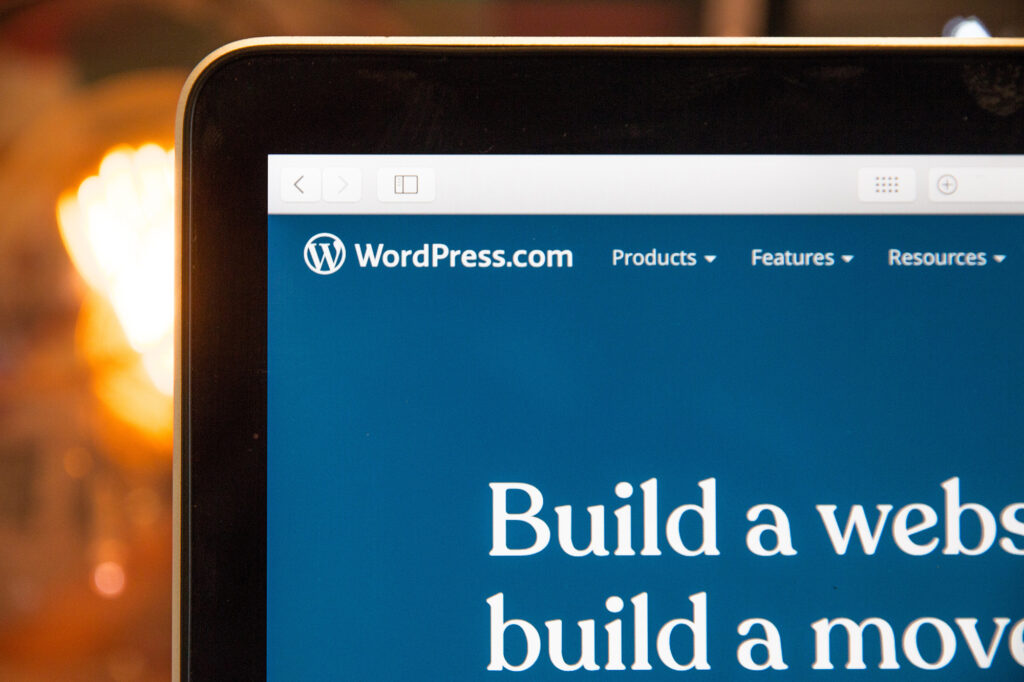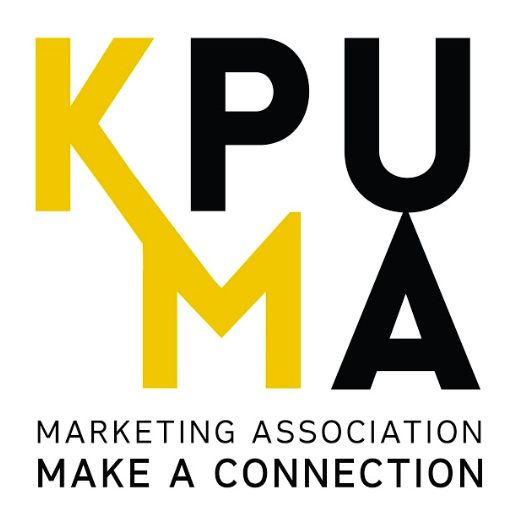
Blog by Colby Davidson
Image by Stephen Phillips via Unsplash
Did you miss our WordPress 101 workshopping event? Not to worry – this post is designed to give a brief recap of what was discussed during the event! Huge thank you to previous KPUMA president Daman Garcha (also known as the WordPress Wizard) for hosting this event!
This quick read will have you ready to start building your very own website and be confident your website will be filled with all the right bells and whistles to draw people in.
What is a Domain?
A domain is the searchable URL that allows anyone on the web to look up your website. Before you go to buy a hosting service (where your website will be created and hosted on, such as WordPress, Squarespace, or Wix), you should buy a domain name. For instance, the KPUMA’s domain name is as follows: thekpuma.com
While there are a couple different ways to purchase a domain name, Daman covered how to purchase yours via hostgator.com. Once on the site, go to the top menu and click “Web Hosting” where you will find different plans to purchase. Daman recommends using the cheapest option (called “hatchling”) but you can choose whichever is most suited to your needs. Helpful tip: choosing a plan with a longer time frame makes your monthly payments cheaper!
The next step will be choosing your domain name: there will be various URL options to choose from (containing different extensions such as “.com”, “.ca”, “.org”, “.me”, etc), with icons indicating which are available and which are unavailable. Select the one that makes the most sense for your brand or organization – the cost will be added at the bottom in the summary.
What is a Hosting Service?
A web hosting service is what allows individuals or organizations to make their websites accessible via the web. Once again, there are many options to choose from, but Daman used HostGator. She recommends doing research and finding the one that suits you best. After you add in your personal information and billing details, uncheck the extra add on services they offer you. These services are additional charges that you don’t necessarily need for your first website – pay for the add-ons only when you need them!
Time for WordPress!
The basics – WordPress is a software platform that allows you to create your own website or blog. Once all of the previous steps have been completed, you will be redirected to the HostGator Customer Portal – this is what you will use to install WordPress. Click “Hosting”, found on the top menu of the website, and select “WordPress – 1 Click Installation”. Then, select the domain name that you created earlier. Note: leave the section that says “directory” blank; do not select any other add on options because you typically won’t need them.
Fill in your information as it is requested. Helpful tip: The Blog Title will be the same as your Domain name! The Admin User can be your name or simply “admin” it’s up to you! Once this is done, make sure checkboxes are selected and click install.
Once installation is complete you will be able to log in and start designing your website – the fun part! Please note however that it can take up to a few days to process the website before it becomes available publicly. In the meantime, you can always make a mood board or start drafting a list of everything you want on your website.
Login Details
Once your website is ready, you can finally log in! Go to [yourwebsite.com]/wp-admin and use the provided username and password (found in the signup process earlier – please save this information). This will grant you access to the WordPress dashboard for your new website!
Website Design – The Basics
The first thing you’ll want to do is choose which theme you want to design. Under “Appearance” (found in the menu bar on the left) and click “Themes”, where you will be able to choose from various visual themes that you can design and customize – many of which are FREE! Of course, you can always choose to purchase paid options from WordPress or buy themes through a third-party seller.
When you find a design you like, click “Activate” to start the design process. On the top left corner, hover over your website name and a drop-down menu will appear. Click the option “Visit Site” which will take you to a blank site with the theme you selected. Then, simply go to the top menu and click “Appearance”. From here, designing is an easy process of clicking through options. WordPress will direct you on how to easily update and change any section you like.
Purchasing & Using External WordPress Themes:
- Read reviews to make sure you are getting themes from legitimate sellers.
- Make sure the themes you are buying are WORDPRESS-SPECIFIC THEMES and not designed for another web hosting service, as some elements don’t transfer well
- Purchase themes that use Genesis Framework*.
- Genesis Framework is an add-on that needs to be purchased alongside certain themes. This is important for external versions because unlike the themes on WordPress, these external themes are built 100% from scratch. Genesis Framework basically makes your theme look like the ‘Live Preview’ version you would see before purchasing, which makes editing easier.
- Reputable themes from external sellers that have been created for WordPress typically will have their own dedicated website. Find the website for the theme and look for the section on the website that reads “tutorials”/ “user manuals”/ “FAQ” etc. These have free tutorial videos on how to develop the site using the template.
WordPress Terminology:
- Posts – are your actual blog posts.
- Pages – pages (that can contain posts) you can include in your website navigation bar.
- Plugins – (adds back-end functions): extensions that can be installed on the server and activated in order to add functionality to your website. If you’re looking to have a special feature on your website, look up “top ten plugins” on Google and install them for a more dynamic website feel!
- Widgets – (adds front-end functions): drag-and-drop content areas (such as a header image slideshow, or a carousel of your latest images pulled straight from your linked Instagram page) that can be added to WordPress when the appropriate plugin has been successfully installed and activated. You can add widgets in specific widget-ready spaces (typically in the sidebar) but some themes will add widget-friendly areas to the header and/or footer too!
Want to learn more? Let the KPUMA know what kind of skills you’d like to learn about during our next workshop by sending us an email at info@thekpuma.com

